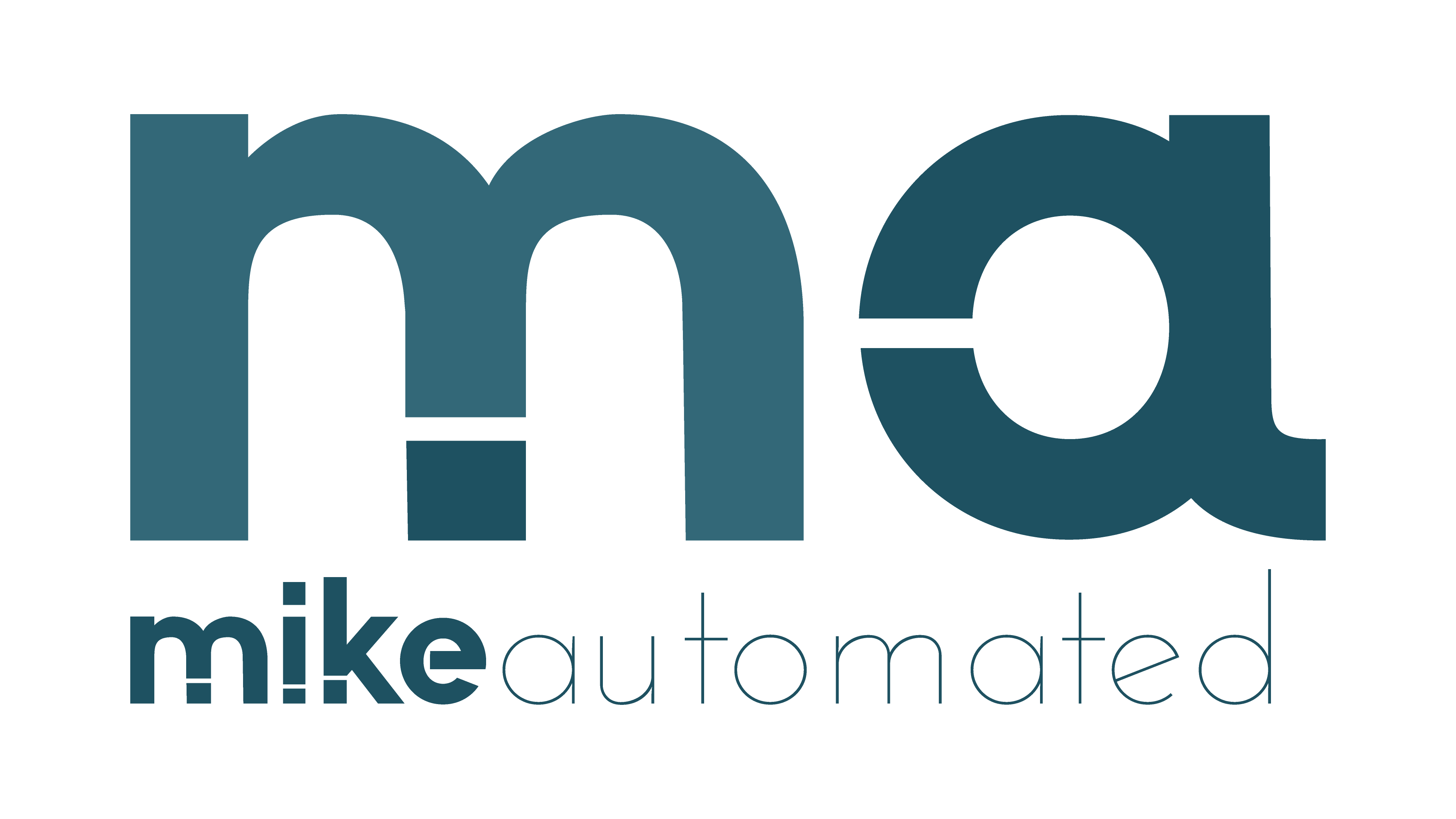TL;DR:
- AI analytics transforms raw data into actionable insights, enabling businesses to make informed decisions.
- Key tools use machine learning and natural language processing to uncover trends and patterns in large datasets.
- The benefits include improved efficiency, better customer understanding, and competitive advantages.
- Practical examples show its use in marketing, operations, and financial forecasting.
- Steps to implement AI analytics include identifying your goals, selecting the right tools, and ensuring data quality.
What Is AI Analytics?
AI analytics combines artificial intelligence techniques with data analysis to extract meaningful insights from complex datasets. By leveraging machine learning (ML), natural language processing (NLP), and predictive algorithms, AI analytics tools identify patterns and trends that traditional methods often miss. These insights enable businesses to make data-driven decisions, improve operations, and enhance customer experiences.Why Is AI Analytics Important?
The digital age generates massive amounts of data daily, from customer interactions to operational metrics. However, identifying actionable insights within this sea of information is challenging. AI analytics tools automate much of this process, saving time and improving decision accuracy. Here are key benefits:- Increased Efficiency: AI-powered tools analyze vast datasets quickly, reducing manual effort.
- Improved Accuracy: Advanced algorithms identify trends and anomalies that traditional methods may overlook.
- Scalable Solutions: As businesses grow, AI analytics scales to accommodate evolving data needs.
AI technologies do more than enhance processes; they redefine how organizations operate, adding value across every function from marketing to customer service.
How AI Analytics Works
AI analytics relies on several technologies to process and analyze data effectively. Here’s a breakdown:- Data Collection: Tools pull structured and unstructured data from multiple sources, such as CRM systems, web analytics platforms, and IoT devices.
- Data Processing: AI cleans, organizes, and prepares the data for analysis by removing duplicates or irrelevant information.
- Model Training: Machine learning models analyze historical data to identify trends. For example, in e-commerce, an AI model could predict customer churn based on purchase history and website behavior.
- Insight Generation: Finally, the AI tool generates actionable insights, such as sales forecasts or customer segmentation.
Real-World Applications of AI Analytics
AI analytics is shaping industries by providing insights that were unimaginable a few years ago. Here are a few key examples:Marketing
Businesses use AI analytics to personalize customer experiences. For instance:- Sentiment Analysis: NLP tools analyze customer reviews and social media comments to understand public sentiment around a brand.
- Predictive Campaigns: AI identifies patterns in customer behavior to suggest the best times to launch campaigns.
- Ad Optimization: Algorithms analyze ad performance across channels, offering suggestions for targeting improvements.
Operations
In logistics and supply chain management, AI analytics optimizes inventory levels and delivery schedules by predicting demand. This reduces waste and ensures timely deliveries.Financial Forecasting
Businesses leverage AI tools to predict revenue, analyze spending trends, and detect financial fraud. Predictive analytics identifies anomalies in transactions, providing early warnings about potential risks.How to Implement AI Analytics in Your Business
Adopting AI analytics requires careful planning to ensure success. Here’s how to get started:1. Define Clear Goals
Start by identifying what you want to achieve. Whether it’s improving sales forecasts, enhancing customer satisfaction, or optimizing operations, having clear goals will guide your efforts.2. Select the Right Tools
Choose an AI analytics platform that aligns with your objectives and integrates with your existing systems. Popular tools include:- Tableau with AI Analytics Modules
- Microsoft Power BI
- IBM Watson Analytics
- SAS Analytics
3. Ensure Data Quality
AI relies on clean, accurate data. Invest time in data preparation to remove errors and redundancies. This ensures your AI models deliver reliable results.4. Train Your Team
Equip your employees with the skills needed to interpret AI-generated insights. Consider workshops or hiring specialists if necessary.Future Trends in AI Analytics
The AI analytics landscape is evolving rapidly. Emerging trends include:- Real-Time Analytics: Tools are increasingly delivering insights in real time, enabling faster decision-making.
- Explainable AI: New algorithms provide greater transparency into how decisions are made, building trust in the technology.
- AI-Powered Automation: Beyond analytics, AI is automating processes, such as customer support through chatbots.



